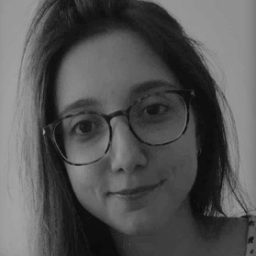Coffee talks
Friday 16/02/2024 @ 11:30, Sala riunioni quarto piano e on-line (meet.google.com/sue-bwvk-axf)
Marika Giulietti (INAF-IRA), "Probing the Evolution of Dusty Star-Forming Galaxies at the Cosmic Noon via Strong Gravitational Lensing"
Co-evolutionary models between supermassive black holes and their host galaxies predict that processes in the early stages of galaxy formation, such as nuclear activity and star formation, are closely related and coordinated in time. Dusty star-forming galaxies (DSFGs) serve as ideal laboratories to test this scenario, as they constitute the majority population at the peak of cosmic star formation and are identified as the progenitors of massive quiescent early-type galaxies. Gravitational lensing offers a unique opportunity to access the details of the physical properties, morphology, and interstellar medium content of these objects. I will discuss a multi-wavelength study of a sample of sub-mm-selected, high-redshift, strongly lensed DSFGs at 1<z<4 located in the H-ATLAS field. Our approach integrates empirical relationships with a detailed examination of individual object morphology and physical properties. This underscores the importance of multi-wavelength observations, spanning from UV/optical to radio regimes, in studying the evolution of massive star-forming progenitors of early-type galaxies. In particular, I will examine the interplay between galaxy formation and nuclear activity by analyzing the FIR/Radio correlation (FIRRC) of a subset of sources with radio counterparts. Gravitational lensing has allowed for the observation of such a relation over a wide range of redshifts and luminosities. Our analysis of the FIRRC trend indicates a transition from an earlier phase of dust-obscured star formation to a later, radio-loud quasar phase. The strong lensing effect has also enabled a detailed analysis of the reconstructed source-plane morphology and sizes, the ISM content (dust and gas), and integrated properties (luminosities, masses, ages, and kinematics) of an individual strongly lensed DSFG at z?3. This analysis precisely pinpoints the evolutionary phase of the galaxy in accordance with the predictions yielded by co-evolutionary models

